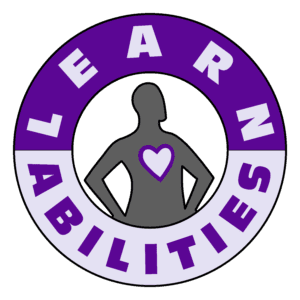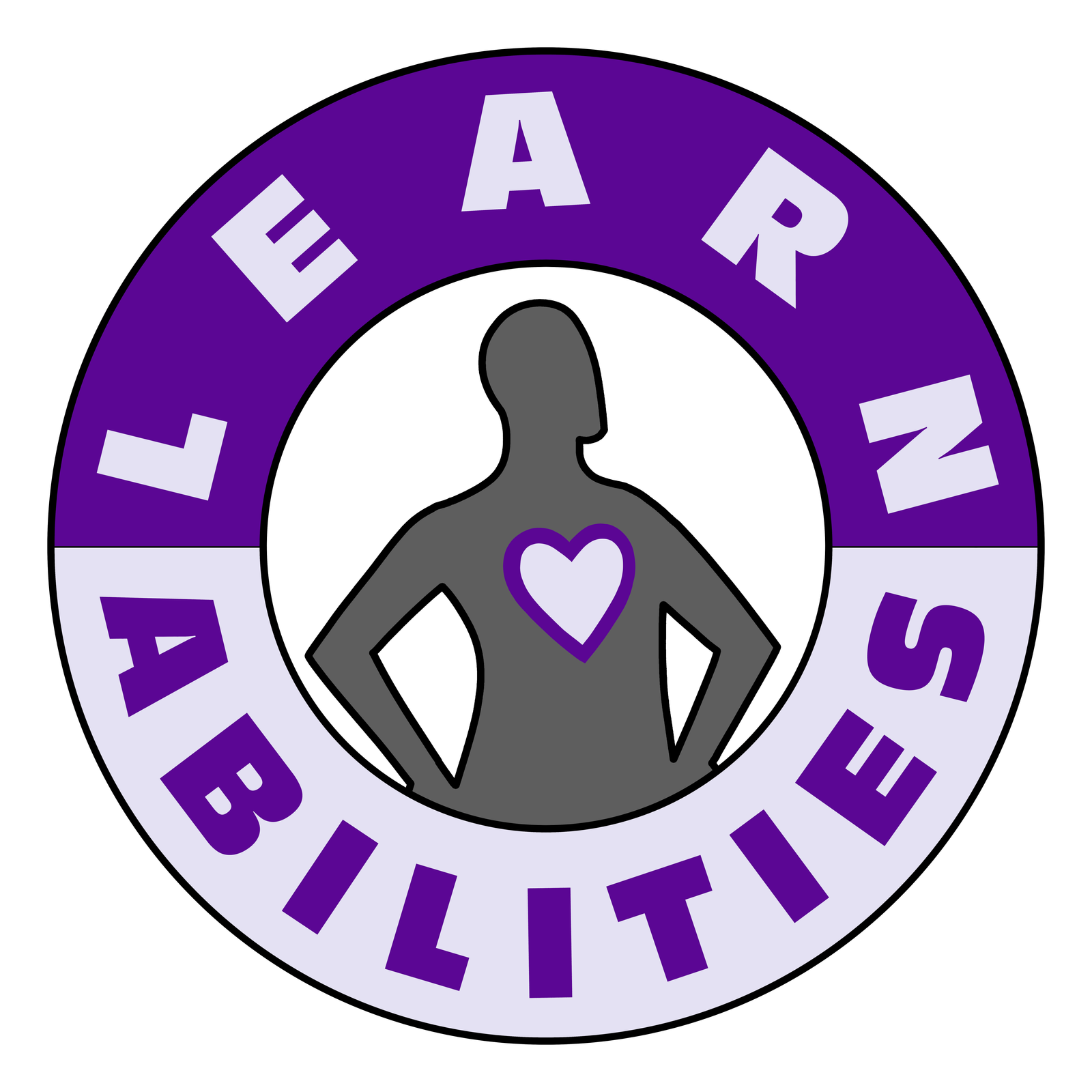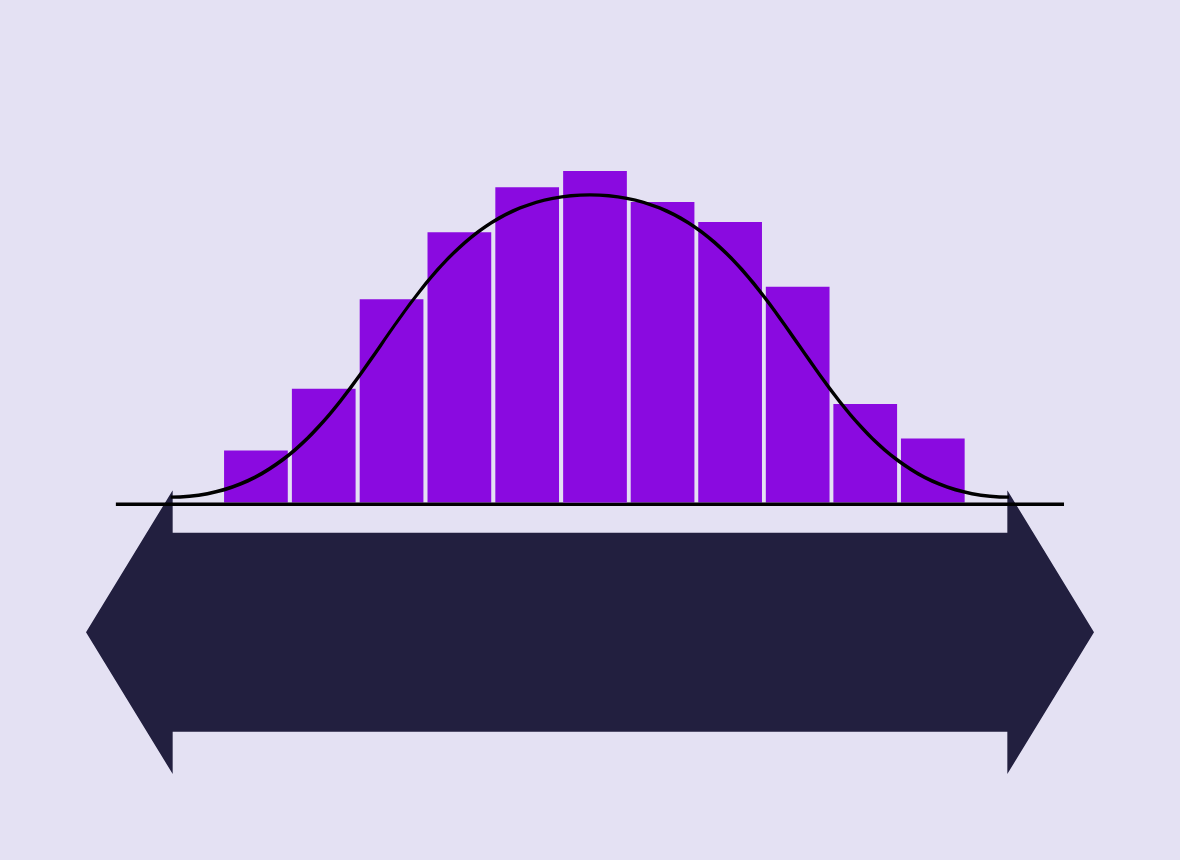Mindy and AJ Scirri: Teaching and Learning Continuums
By: Mindy Scirri, Ph.D., and AJ Scirri, founders of Learnabilities.net
In education, we tend to view academic performance in terms of distinct categories: underperforming, “normal” or “average,” and gifted or exceptional. In addition to the socio-emotional impacts, there are real implications to such practices in the teaching and learning process. These categories encourage professionals and schools to label and sort children based on (sometimes arbitrary) cutoffs that may not adequately represent a child’s strengths and challenges and may not indicate which strategies and interventions will most benefit those students.
The Learnabilities Continuum
At Learnabilities, we like to think of individual task performances as being along a continuum. In the simplest—and perhaps silliest—of terms, consider the skill of tying one’s shoes. Many people can tie their shoes adequately enough to get the job done, but they may have to stop occasionally to re-tie. This describes most of us—average shoe-tyers who don’t spend a lot of time thinking about it. Others have mastered the process and make knots that last all day. They know which types of laces work best and in which orientation the bows should be to form the most effective, longest-lasting knots. These are our master shoe-tyers. Still others struggle with the process of shoe tying. As children, they took a long time to learn the “rabbit ears” song or used a color-coded instructional book to make it stick. They are more likely to choose Velcro over laces and, when they “have to get those kinds of shoes,” are well known for having smooshed-down shoe backs from sliding their feet in without bothering to untie and tie.
We can muse about many daily activities like this, from cooking breakfast to playing soccer to making friends. However, when it comes to academics, we tend to think more in categories. Why? We say that someone is gifted in reading, is an average reader, or has a “reading disability.” What educators really need to know is where on the continuum does this student perform in areas like decoding, comprehension, and fluency. When we know these details, we can help students by using students’ strengths to overcome their challenges. We know which interventions are likely to work, and we know which strategies to teach students so that they can succeed independently.
This is not to say that there should be nothing concrete in academics. There are, for example, right and wrong answers in math (but perhaps different ways to get there). There is correct and incorrect grammar, and there are facts and rules and accepted theories. Taken together, however, is a person’s understanding of these principles within a given subject area, and this understanding can be represented as a series of continuums. In academia, we do see continuums in standardized testing where children’s scores are compared against their peers and within test design where the normal curve is the goal. One can argue whether those kinds of continuums are beneficial to individual students.
Imagine a world where, instead of the current grade-based categorical system, children were aware of their current continuums, knowing that they had strengths as well as challenges and that all of the continuums were developing—that they could work to improve their performance in different areas and change their overall profile of relative continuums. What if children could create visual representations of the growth mindset through their own self-understanding of their personal skills and knowledge? What if children could appreciate that they have tools to overcome challenges—in the form of strategies that work? Imagine if children could know what they needed, advocate for themselves, and feel good about their own learning profiles because they know they have strengths and challenges, and they feel empowered to be successful!
The Support Continuum
Alongside the Learnabilities Continuum, we can also think of the help we provide students (as educators, parents/guardians, and other caring adults) as being along a Support Continuum. We may, like most people, provide levels of support that are adequate and vary depending on the situation or task. We may know when children are not developmentally ready for certain tasks or when individual children need more support. We understand the demands of the tasks we ask children to do, and we make attempts to modify those tasks so that children can be stretched and challenged, but not overwhelmed.
However, there are also supporters who go beyond what is, in fact, helpful. For example, some adults become children’s “frontal lobes” or over-support homework and other activities. These adults may answer for children and do tasks for children that they are fully capable of doing themselves. They may assume inabilities while at the same time being very well intentioned. They want to help, but they may not have a solid grasp of where children are on their Learnabilities Continuums or how difficult the demands are for the tasks the children are doing.
Similarly, there are under-supporters who have high expectations or possibly misunderstandings of the difficulties of the tasks they are asking students to do. Children feel frustrated and overwhelmed and cannot move toward independence without first having the support they need to get there. These under-supporters can also be very well intentioned, with the goal of moving children toward independence more quickly.
The Learnabilities and Support Continuums Together
If we consider both the Learnabilities and Support Continuums together, we have a whole new paradigm for how we look at the teaching and learning process. We accept the need to really understand our students (and help them understand themselves), and we know the importance of evaluating the tasks we are asking students to do. We grasp that teaching is a delicate dance where the movements depend on the learner, task, and setting (Smith, 1997) and that the best we can do is to keep developing our empowering mindsets as teachers.
Contact Information
Additional Resources
Original Post: March 28, 2024








